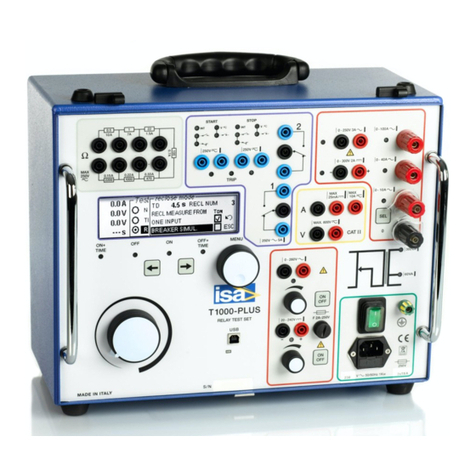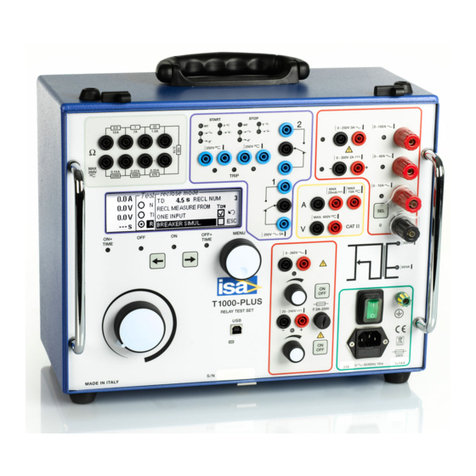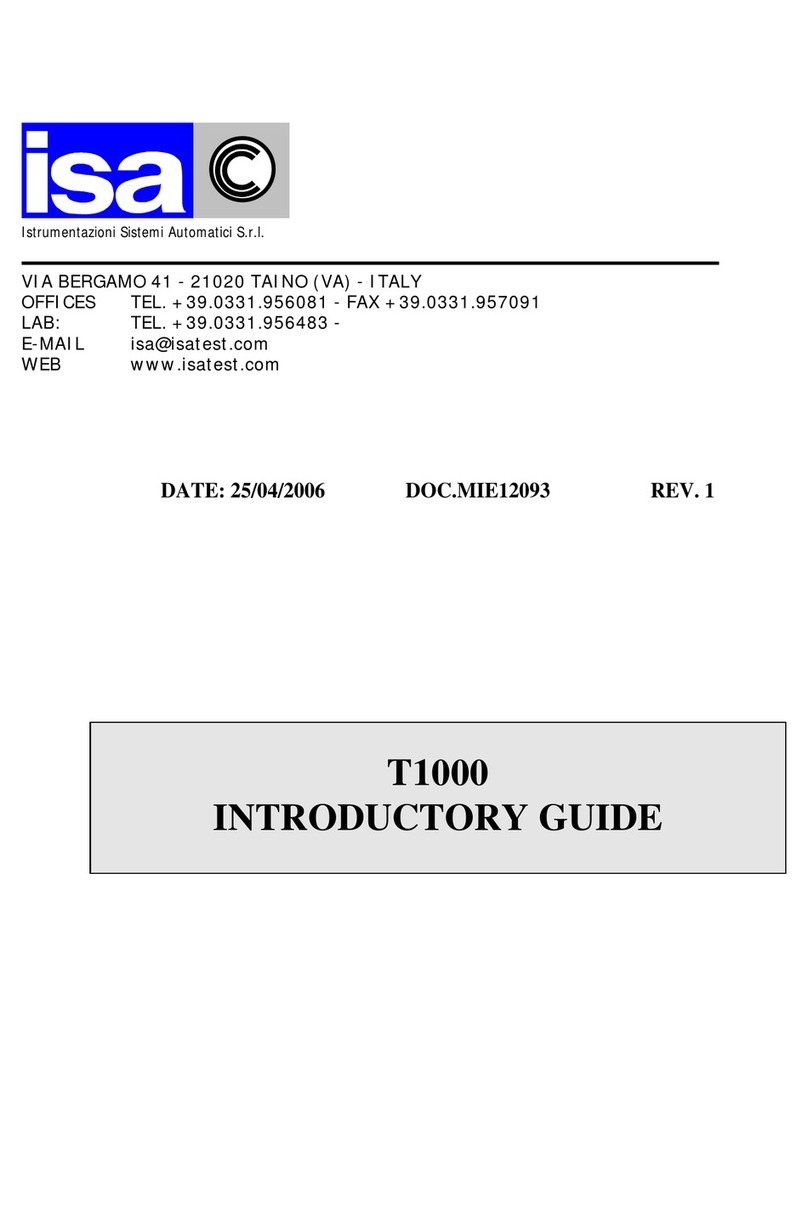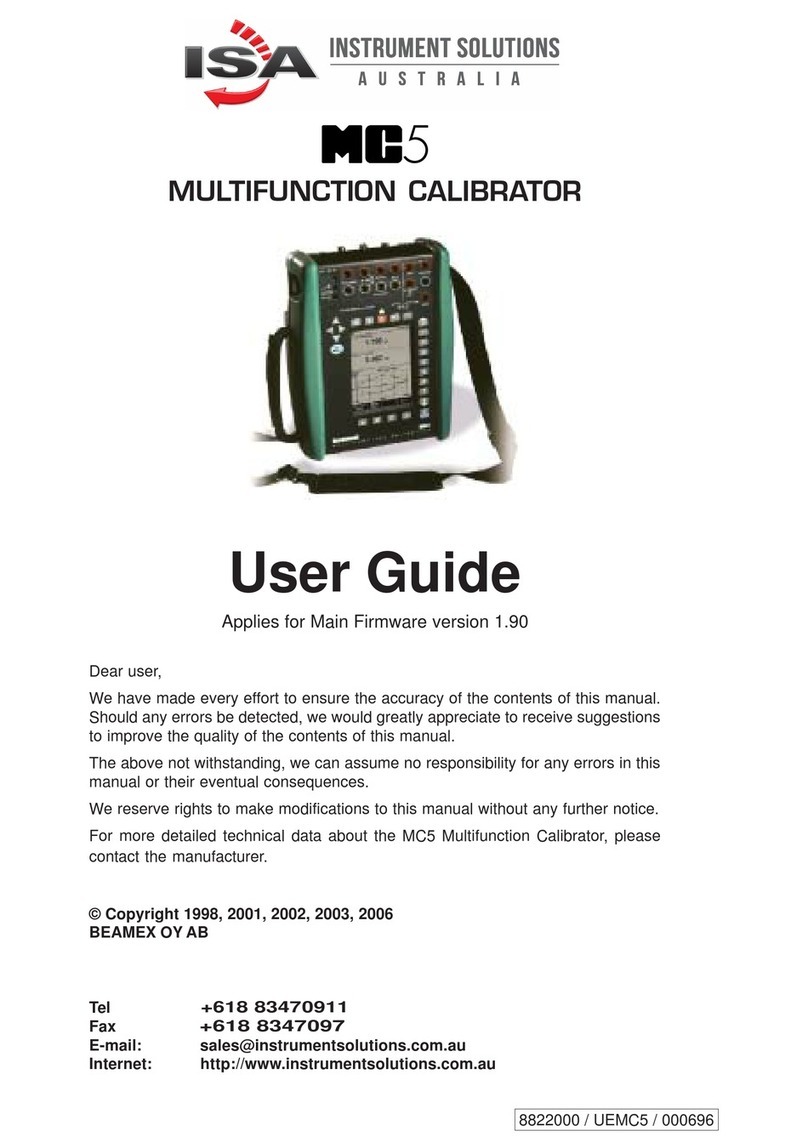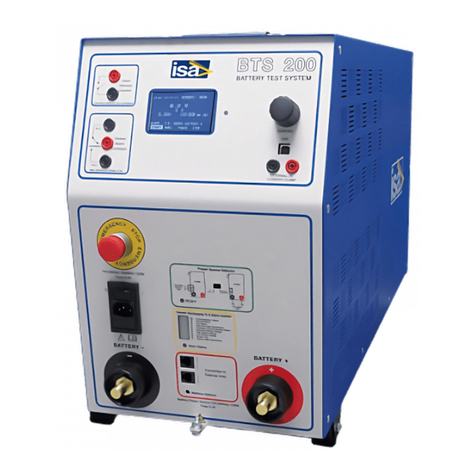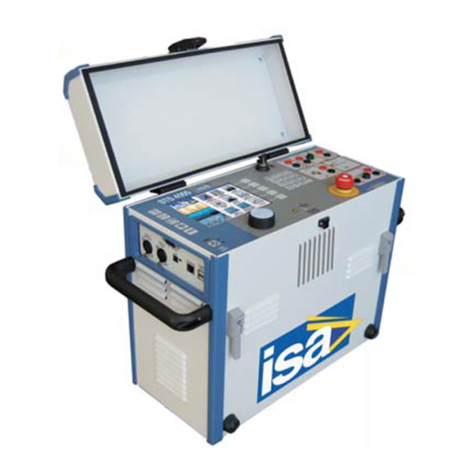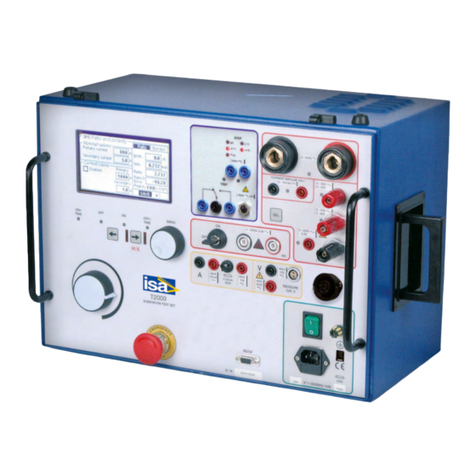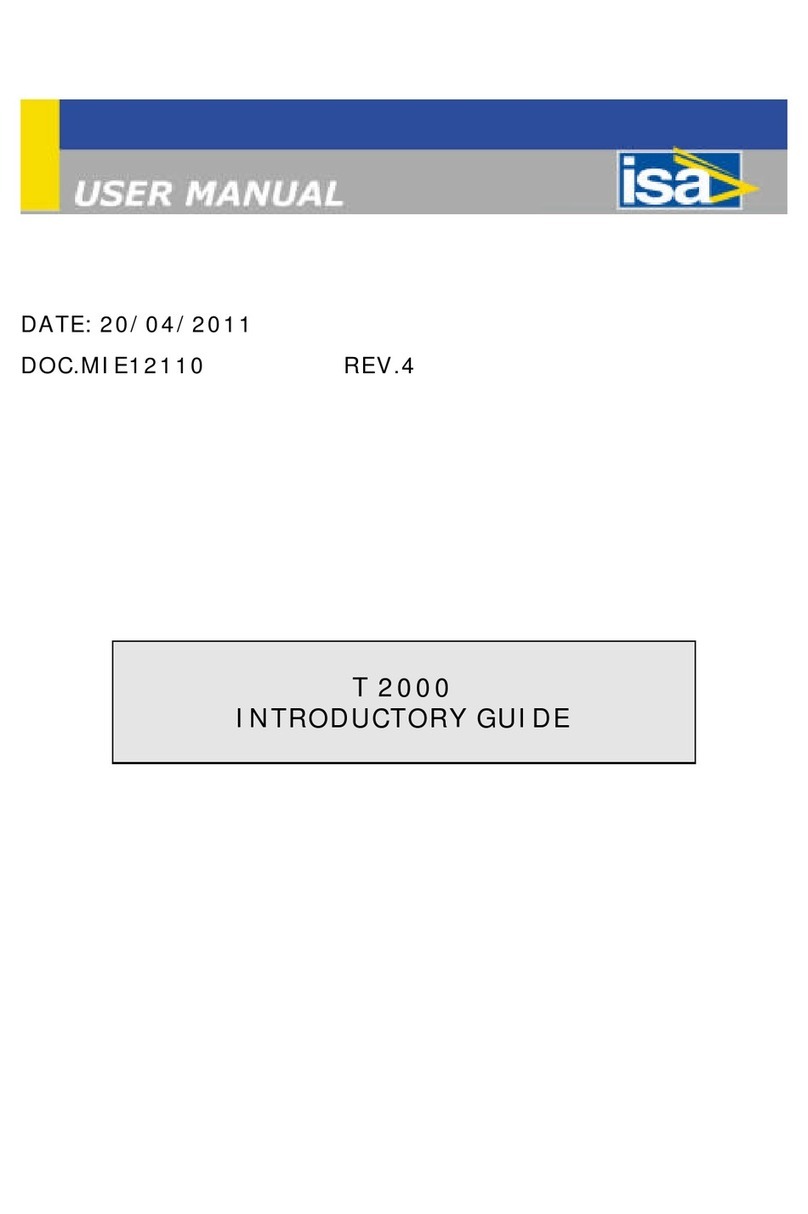
SHORT FOREWORD.......................................................................................................4
SAFETY AT WORK............................................................................................................5
INTRODUCTION................................................................................................................9
1 TRANSFORMER TESTSAPPLICATION EXAMPLES ............................................10
1.1 CURRENT TRANSFORMER TESTS.......................................................................11
1.1.1. CT tests : ratio, polarity voltage mode.............................11
1.1.2. CT tests : ratio, polarity and burden...................................16
1.1.3. CT tests : ratio, polarity with booster................................21
1.1.4. CT tests : burden, secondary side........................................36
1.1.5. CT tests : excitation curve..........................................................39
1.1.6. CT tests : winding or burden resistance...........................47
1.1.7. CT tests : voltage withstand.....................................................50
1.1.8. CT tests : polarity by impulses................................................54
1.2: VOLTAGE TRANSFORMERS TESTS..................................................................57
1.2.1: VT tests: ratio and polarity..........................................................57
1.2.2: VT tests: burden, secondary side...........................................61
1.2.3: VT tests: ratio, electronic transformers.............................63
1.2.4: VT tests: voltage withstand........................................................64
1.2.5: VT tests: secondary over-current protection.................66
1.3: POWER TRANSFORMERS TESTS......................................................................68
1.3.1: PT tests: ratio per TAP.....................................................................68
1.3.2: PT tests: resistance of LTC contacts.....................................72
1.3.3: PT tests: dynamic LTC test..........................................................76
1.3.4 PT tests: PT ratio test........................................................................84
2RESISTANCE TESTS.......................................................................................................86
2.1 MICROOHMMETER..................................................................................................86
2.2 EARTH RESISTANCE..............................................................................................90
2.3 SOIL RESISTIVITY..................................................................................................95
3LINE IMPEDANCE TESTS ..............................................................................................99
3.1 LINE IMPEDANCE MEASUREMENT......................................................................99
3.2 EARTH IMPEDANCE MEASUREMENT................................................................101
3.3 MUTUAL FACTOR MEASUREMENT.....................................................................103
APPENDIX: DYNAMIC TAP CHANGER TESTING...................................................107












